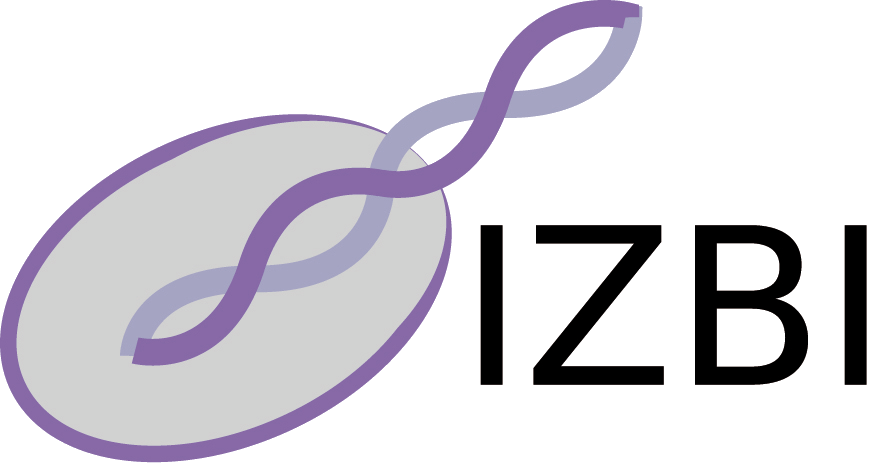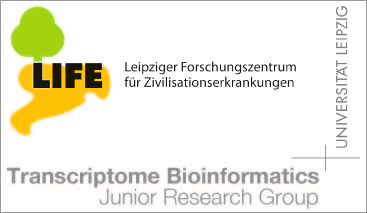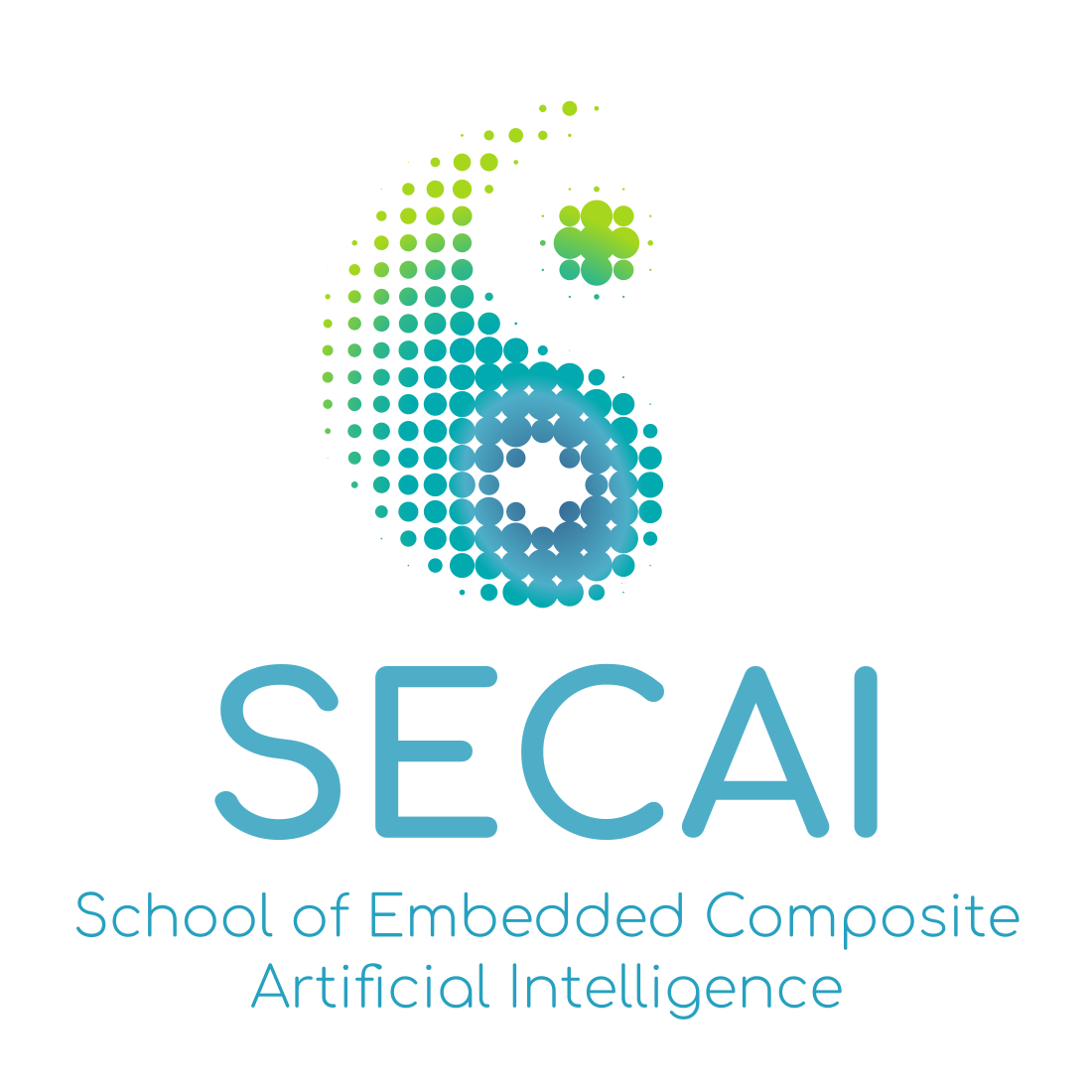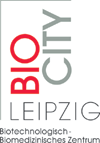Bioinformatik von RNA- und Proteinstrukturen (Modul 10-202-2208)
| Vorlesung: | Raum 109, Härtelstr. 16-18; Mo 10:15-12:30 Uhr | |
| Übung: | Raum 006, Härtelstr. 16-18; Mo 17:15-19:15 Uhr | |
| Praktikum: | Raum 109, Härtelstr. 16-18 Gruppe 1: 18.06.2018 - 29.06.2018 (Mo-Fr) Gruppe 2: 02.07.2018 - 13.07.2018 (Mo-Fr) | |
| Prüfung |
Anmeldung Ort: Haertelstr. 16-18, Raum 309 (Bibliothek Bioinformatik) Termine am 24.7 (3), 26.7 (3), 31.7 (9), 1.8. (9), 2.8. (9), 18. 9. (3) , 19. 9. (3) und 20. 9. (3) Weitere Termine in den Prüfungswochen im September möglich |
Themenübersicht der Vorlesungen
| VL | Datum | Raum | Uhrzeit | Thema |
|---|---|---|---|---|
| VL 01 | 09.04.18 | R 109 | 10:15 | Handout |
| VL 02 | 16.04.18 | R 109 | 10:15 | Handout |
| ÜB 01 | 16.04.18 | R 006 | 17:15 | |
| VL 03 | 23.04.18 | R 109 | 10:15 | Handout |
| ÜB 02 | 23.04.18 | R 006 | 17:15 | |
| VL 04 | 30.04.18 | R 109 | 10:15 | |
| VL 05 | 07.05.18 | R 109 | 10:15 | |
| ÜB 03 | 07.05.18 | R 006 | 17:15 | |
| VL 06 | 14.05.18 | R 109 | 10:15 | |
| ÜB 04 | 14.05.18 | R 006 | 17:15 | |
| VL 07 | 28.05.18 | R 109 | 10:15 | |
| ÜB 05 | 28.05.18 | R 006 | 17:15 | |
| VL 08 | 04.06.18 | R 109 | 10:15 | Handout |
| ÜB 06 | 04.06.18 | R 006 | 17:15 | |
| VL 09 | 11.06.18 | R 109 | 10:15 | Proteins |
| ÜB 07 | 11.06.18 | R 006 | 17:15 |
Praktikum
Das Praktikum findet wie folgt statt:
| Raum: | 109, Härtelstr. 16-18 |
| Zeit: | ganztägig, Kernzeit: 10-16 Uhr |
| Datum: | Gruppe1: 18.06.2018 - 29.06.2018, Gruppe2: 02.07.2018 - 13.07.2018 |
Papers to read BEFORE the Praktikum begins
(to be determined)
Please read these two papers before the beginning of the Praktikum:- R. Lorenz, I.L. Hofacker & P.F. Stadler (2016) "RNA folding with hard and soft constraints", Algor. for Mol. Biol., 11:8. link to paper
- L. He & G.J. Hannon (2004) "MicroRNAs: small RNAs with a big role in gene regulation", Nat. Rev. Genet., 5:631. link to paper
Format of presentations
Each student will present their findings in the Praktikum.
- These presentations will take place on last day of Praktikum. (Group 1: 29.06.2018. Group 2: 13.07.2018.)
- Your slides in PDF format are due by 12:00 on that day (by USB stick or e-mail to zasha@bioinf; please include your name in the file name, e.g. "slides-zasha-weinberg.pdf"). We will begin presentations at 12:00.
- Talks are maximum 10 minutes, plus 2 additional minutes for questions.
- Talks must be in English
Description of project
(The project will be discussed in more detail during the Praktikum.)
The Praktikum project combines the topics of microRNAs and RNA folding with constraints.
microRNAs are small RNAs that bind to mRNAs and thereby regulate the mRNA (microRNA in Wikipedia). A mRNA, like any RNA, can form secondary structures. The part of the mRNA to which the microRNA binds could be involved in base pairs, or could be single-stranded. Presumably, it is easier for the microRNA to bind to the mRNA if the binding site is single-stranded. If, on the other hand, that part of the mRNA is base paired, then the microRNA must compete with those base pairs in order to bind.
Some mRNAs can be bound in different locations by different microRNAs. For example, suppose there are two microRNAs, X and Y, and a mRNA. X might bind the mRNA in one location, while Y might bind the mRNA at another location. If these locations are nearby to one another, they might influence each other. In other words, when X binds, that might make it more likely that Y can also bind. This influence would make sense if the mRNA's secondary structure changes when it is bound to X in a way that opens up the binding site for Y (i.e., makes this binding site more likely to be single stranded). The binding of X could also make it less likely that Y will bind, if the mRNA--when bound to X--becomes less single-stranded in the binding site of Y.
To measure how likely a binding site is to be single-stranded, we can use energy methods to determine the "accessibility" of the region, if the mRNA is in equilibrium. Algorithms to compute accessibility are available in the Vienna RNA software package, and these algorithms can also accept constraints that force certain regions to be inaccessible. Thus, you can force the binding site of X to be single-stranded (simulating binding), and then determine how the accessibility of Y's binding site changes.
The question for the Praktikum is thus: do nearby microRNA binding sites influence each other by changing their partner's accessibility?















